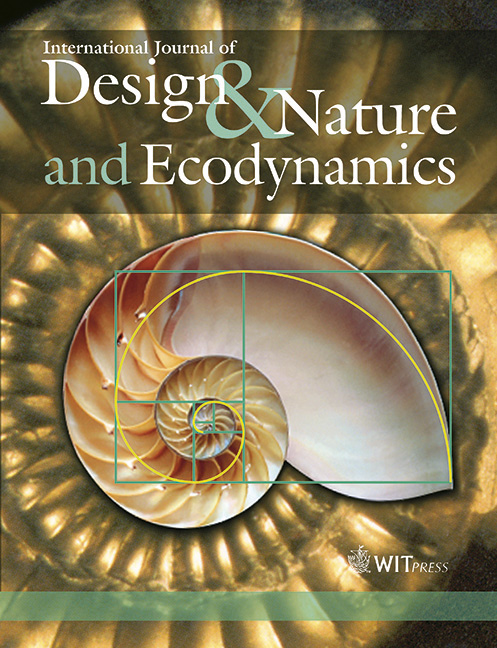Representation of vernacular architecture and lessons for sustainable and culturally responsive environment
Price
Free (open access)
Volume
Volume 4 (2009), Issue 4
Pages
13
Page Range
337 - 350
Paper DOI
10.2495/DNE-V4-N4-337-350
Copyright
WIT Press
Author(s)
B.A. KAZIMEE
Abstract
This paper identifies principles that will provide important insights and lessons for those who are involved in the development of future sustainable built environments. Two case studies chosen with particular geographical and cultural contexts, one located in the northeastern mountain valleys of Afghanistan and the other located in the central-arid region of Iran, have been used. This paper will demonstrate principles of vernacular architecture as characterized by sustainable affinity between nature and human settlement that are prevalent in these regions. The value of compact townscape, self-help and participatory building approaches, conservation, the use of natural energy systems, and other strategies that will help preserve the ecological integrity of place and at the same time enrich its cultural heritage will be presented.
Keywords
community/participation, conservation, cultural heritage, density, regional quality, sustainability/ affordability




